Karl Abelard Villegas (NAME ’93) is currently at the Institute of Environmental Science, University of Leiden finishing up his doctoral degree. His research programme is supported by the Louwes Fund Research on Water and Food, a joint cooperation between CML and Oxford University implemented in developing countries. He is also a research fellow of the World Agroforestry Centre (ICRAF) Philippines. He obtained his master’s degree in resource management at the University of Edinburgh under the auspices of a Shell Centenary Scholarship (Royal Dutch Shell Group of Companies) in 2005. He graduated from the University of the Philippines Los Baños with a bachelor’s degree in forestry in 1994.
Karl is married to Liezl Laz and blessed with a son, named Miguel. They are living in Los Baños, Laguna.
Please visit the Varrons bibliography page to see a sampling of his scientific publications pertaining to the areas of environment and conservation.
If you are limited by just one word to aptly describe yourself, which would you pick from the following: Forester, Ecologist, Environmentalist, Conservationist. Please explain.
I could depict myself as multidisciplinary and a generalist. For this reason, I’m a Forester by profession, a forest ecologist in practice, an environmentalist as vocation and a conservationist at heart.
You are currently pursuing your doctoral degree abroad. Can you share to us what area are you specializing on and what kind of research you are working on? What do you think is the immediate application of your research work (especially in the Philippines)? What brought you to pick University Leiden for your graduate studies?
I’m currently working on my PhD in Environmental Science with a research focusing on perceptions and visions of nature and biodiversity concerning a case study in Northeast Luzon. Since the Philippines is experiencing nature degradation and rapid biodiversity loss, it is important to holistically understand the perceptions of nature by the local people and visions of organizations from the local to global level. My study site which covers the Peñablanca Protected Landscape and Seascape in Cagayan possesses a wealth of biodiversity, however is highly threatened by degradation caused by human activities. This has driven various stakeholders and conservation organizations to assume their role in nature conservation projects and activities. My research could provide a platform of recommendations towards a sound conservation program linking various levels of visions within one of the remaining biodiversity corridor in the region.

Karl (left front row) and fellow Varron Andy with the CML staff at University of Leiden in the Netherlands
During the time I was planning for my PhD studies, Leiden University was one of my choices because of its multidisciplinary approach in addressing environmental issues and problems. I was enlightened by its active involvement in research and education in the northern Philippines through a long‐time partnership with the Cagayan Valley Programme on Environment and Development (CVPED) based in Isabela State University. To this, my wholehearted gratitude goes to our late Vrod Andy
Why are the words “biodiversity,” “conservation,” “sustainability,” and/or “environmentalism” always associated with socially conscious individuals (or who are considered liberals)? Is this impression incorrect? What do you think about the viewpoint that “environmentalism” is a bourgeois movement and it is an “unaffordable luxury” for people from developing countries to observe?
In the early 20th century, Gifford Pinchot defined conservation as ‘the management of the environment to provide enough natural resources for the present and future generations’. At that point, a milestone in conservation marked the establishment of the Yellowstone National Park in US legislation during President Roosevelt’s leadership.
The president strongly supported the utilitarian rationale for conserving trees as championed by Pinchot, which are intended for economic purposes. However, he was also inspired by the intrinsic value or a genuine love of nature. During his government, he advocated for the protection of wildlife and natural resources and initiated a level of federal involvement in the protection of natural environment. Hence, the conservation movement was inextricably associated with forms of liberalism and the Democratic Party. This association continued for a long time and evolutionized into what is known as the ‘environmentalism’ of the 1960s. In the recent past, the environmental movement has increasingly been integrated into mainstream politics vis‐à‐vis liberal democratic ideas and has become reputable schools of thought. The concept of sustainability was similarly borne out of this environmental movement along with expressions of liberalist politics.
Environmental philosophers view that ‘environmentalism’ started from the elite class of the society. This upholds the theory that ‘environmentalism’ or also called ‘nature conservation’ is mainly an urban affair, or an affordable luxury of the bourgeoisie class which emerged from the wealthy urban class (Marx). The Western view of nature and conservation also holds that there exists an inherent ‘biophilia’ or ‘nature friendliness’ among the general public. This ‘love for nature’ apart from the utilitarian aspect has been prevalent in US and Europe. One of the interesting findings in my research showed that ‘nature friendliness’ is naturally found among the local people in northern Luzon. This is congruent with those in the Western world which constituted much of the democratic basis for environmentalism in developing countries. Contradicting the idea that nature‐friendliness is a largely urban phenomenon however, the visions of the farmers near the forest had much in common with the urban dwellers living in the city.
Last Updated on October 12, 2016 by Tudla_Admin


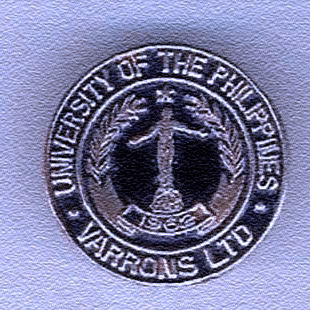



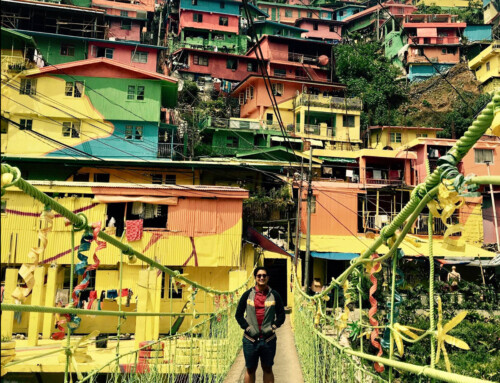






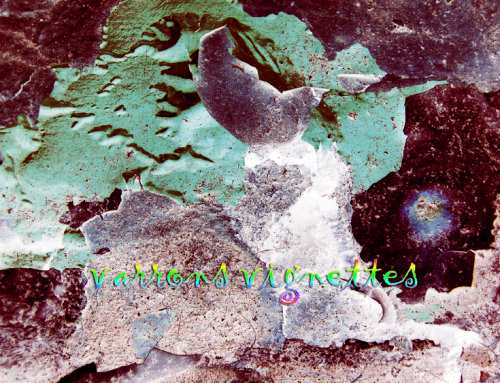
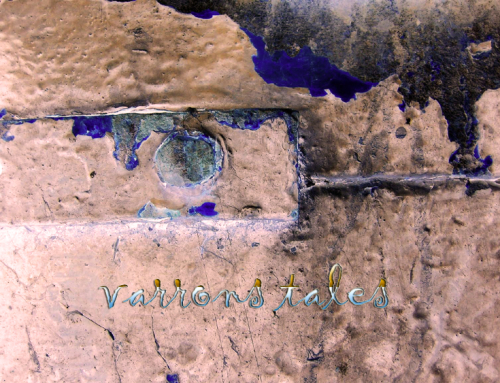
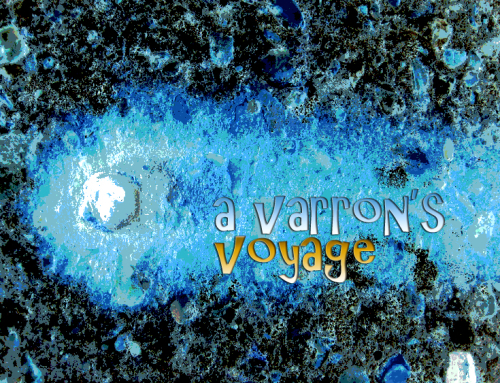
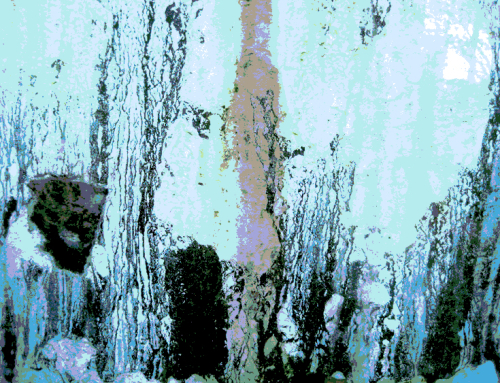

@Vrod Karl: You are truly an inspiration..hehe, see you soon…
Thanks Vrod Kevin!! Let us continue to inspire others not only with our work and action, but also meaningful through our daily interaction and messages we impart with the common people we meet each day.. God bless!!